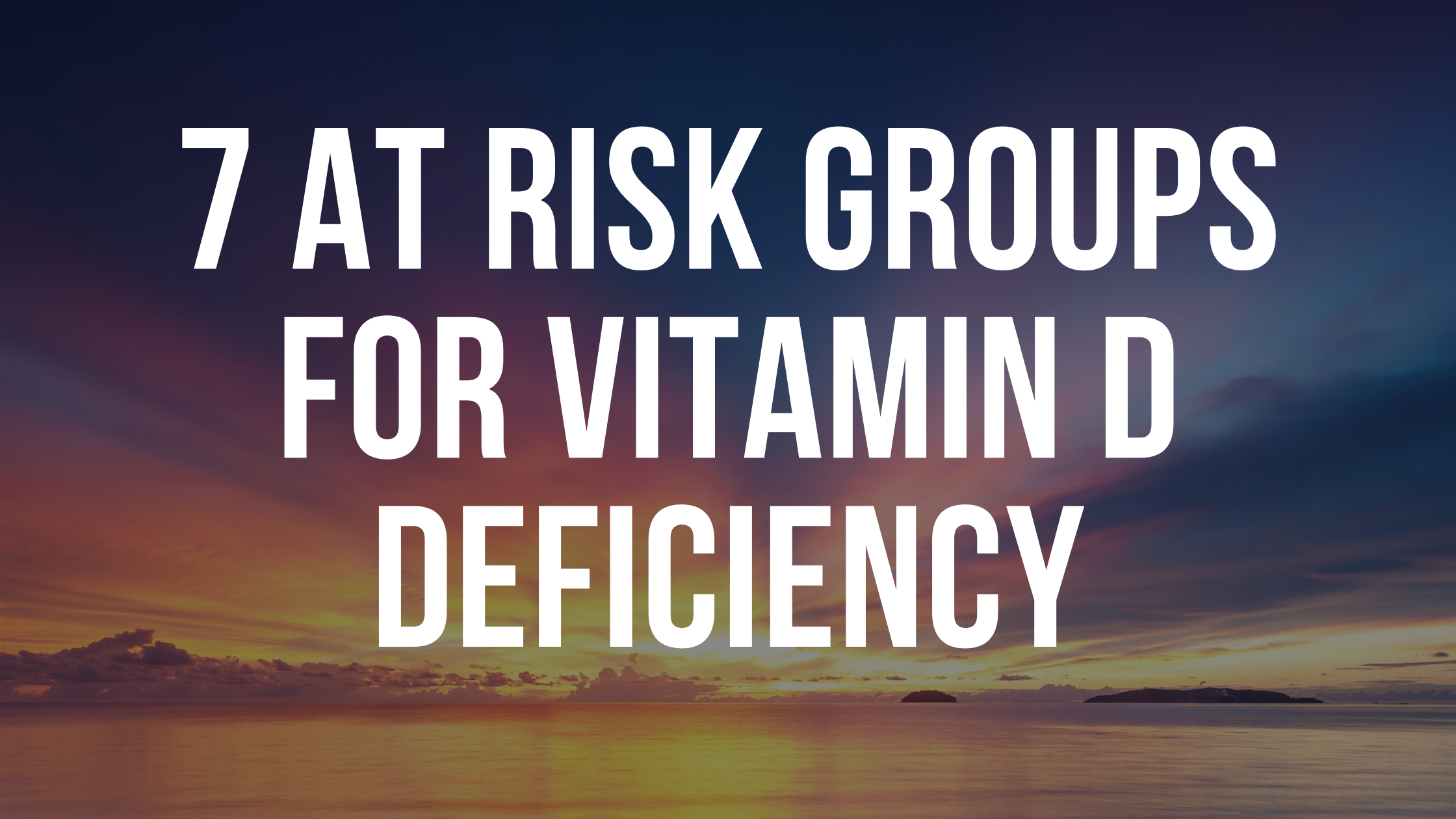A Vitamin D deficiency is very common in certain parts of the world, especially during the colder seasons. This is because the UV levels are virtually non-existent, therefore we are unable to absorb any Vitamin D within the skin. Although the miserable weather is a downer for all of us, some of us have a higher risk of developing a Vitamin D deficiency.
Shockingly, Vitamin D deficiency affects more than half of adults according to some national surveys. And over 20% have logged that they suffered outside of the colder seasons!
It is not always easy to identify by yourself if you are suffering from a Vitamin D deficiency, however, many people have identified that when they are lacking, they tend to experience symptoms like constipation, depression, weaker immune system and muscle weakness. On a more severe scale, both adults and children can be affected greatly by bone pain and growth.
Although, as mentioned above, a high percentage of people do suffer from this kind of deficiency, some of us are more susceptible to it than others! There are six groups of individuals with a higher risk than others, and they are:
- Pregnant women/ women that are breast-feeding
- Teenagers and young women
- People 65 and over
- Those that have limited sun exposure (tend to work inside lot and wear clothes that cover their skin)
- People with darker skin
- Infants and children under 15
- People with bowel problems/ bowel conditions associated with poor fat absorption
The winter months can be difficult for those that struggle, especially due to the lack of natural sun rays during these times. Experts have recommended eating food rich in vitamin D to keep the levels up as much as possible. Vitamin D is found primarily in eggs, cod liver oil, liver and fortified foods.
Although many make sure that they are intaking a sufficient amount of vitamin d filled foods, supplementing is also an extremely beneficial option. Even if you’re spending time in the sun for a few weeks out of the year, it is always the safer option to invest in another way of receiving UVB to meet your needs. This is more important for those over the age of 65, as it has been scientifically proven that this age range generates 4 times less vitamin D in the skin than those in their 20s.
If you are categorized as one of the at-risk groups, the best way to start combatting vitamin D deficiency is to test your Vitamin D levels and receive the recommended supplements and actions that you should take to maintain your levels at a healthy rate.
Keeping on top of your health in this way has never been so easy. Between a variety of supplements and the Sperti Vitamin D Sunlamp, there’s a way to boost your Vitamin D levels for everyone.




